CCD camera beam profilers are very sensitive to light.
So what happens when we consider ambient light? How about other light sources in the area, such as laser pumps?
There are two issues that can be caused by unwanted light getting into the camera: damage and inaccuracy.
Damage to the Camera
When dealing with Silicon cameras, the only real concern for damage (outside of the laser itself) is from UV sources. If you have a UV-wavelength pump for example, this can be an issue.
The danger of UV radiation to the cameras is two-fold:
- Silicon cameras damage more easily under UV light as opposed to visible or IR.
- UV light is invisible, so it may not be so clear whether the camera is exposed to it, and at what intensity.
The solution?
There’s no magic answer here. It’s just a matter of taking care. If you know there’s UV radiation in the area, be extra careful that it won’t hit the camera, or at least make sure the camera has extra attenuation.
At this point, you might be thinking: “Forget about damage, I need an accurate profile my laser. How can I get that when all sorts of other light sources are affecting the measurement?”
For this question, there’s a much simpler answer:
Background Subtraction (aka Proper Baseline Correction)
Once you’re sure damage isn’t an issue, you can take care of the accuracy issue pretty easily.
First, you want to set up the laser exactly as it will be under measurement conditions, except without the laser itself. If possible, turn on the laser but keep it covered.
Run UltraCal – the patented baseline correction algorithm that Spiricon is renowned for.
Follow the instructions, then uncover your laser and begin measurements!
UltraCal tells the software to treat all the background light as the baseline: zero. Whatever you measure after that will be your laser, and only your laser.
Questions?
Put ‘em in the comments.
Flickr creative commons image via Evonne


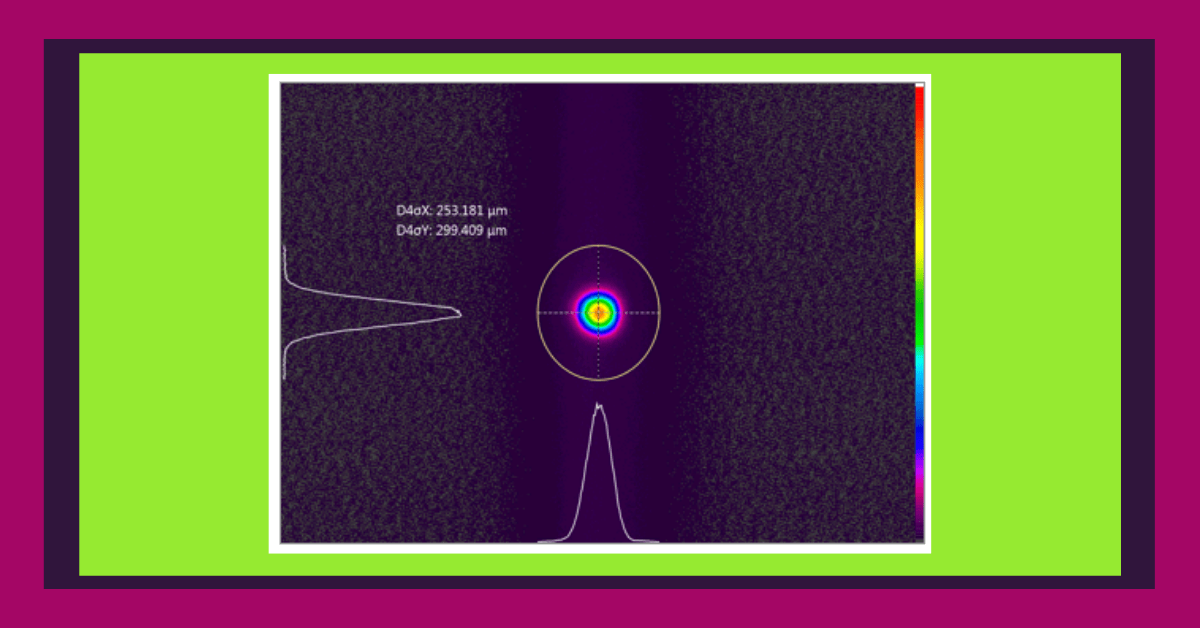
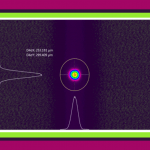
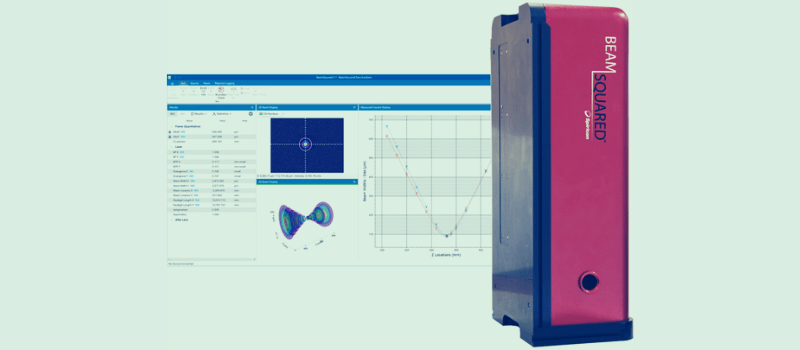
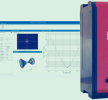

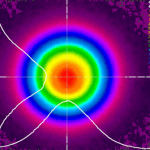
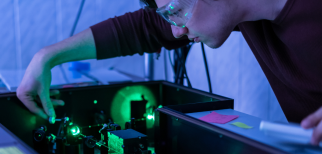
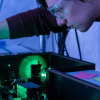
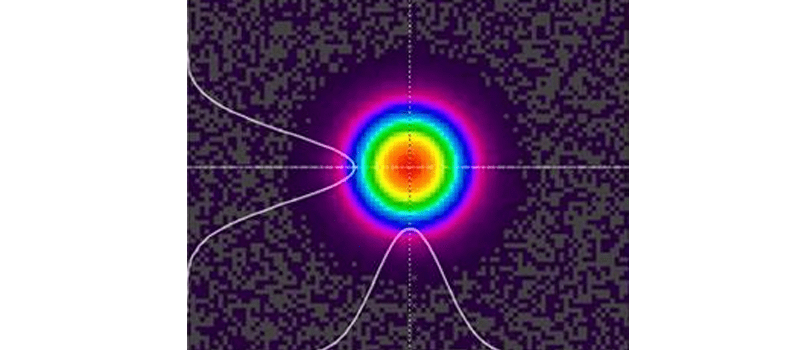
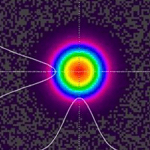
Leave a Reply
Your email address will not be published. Required fields are marked *